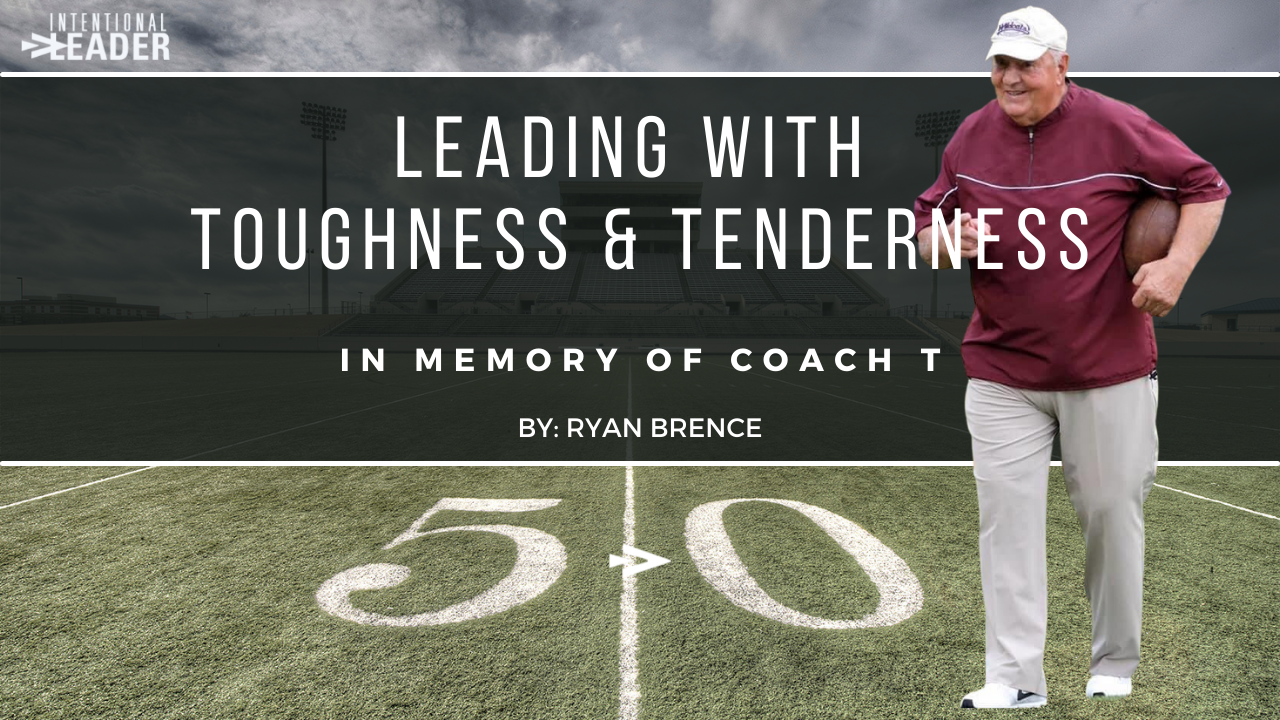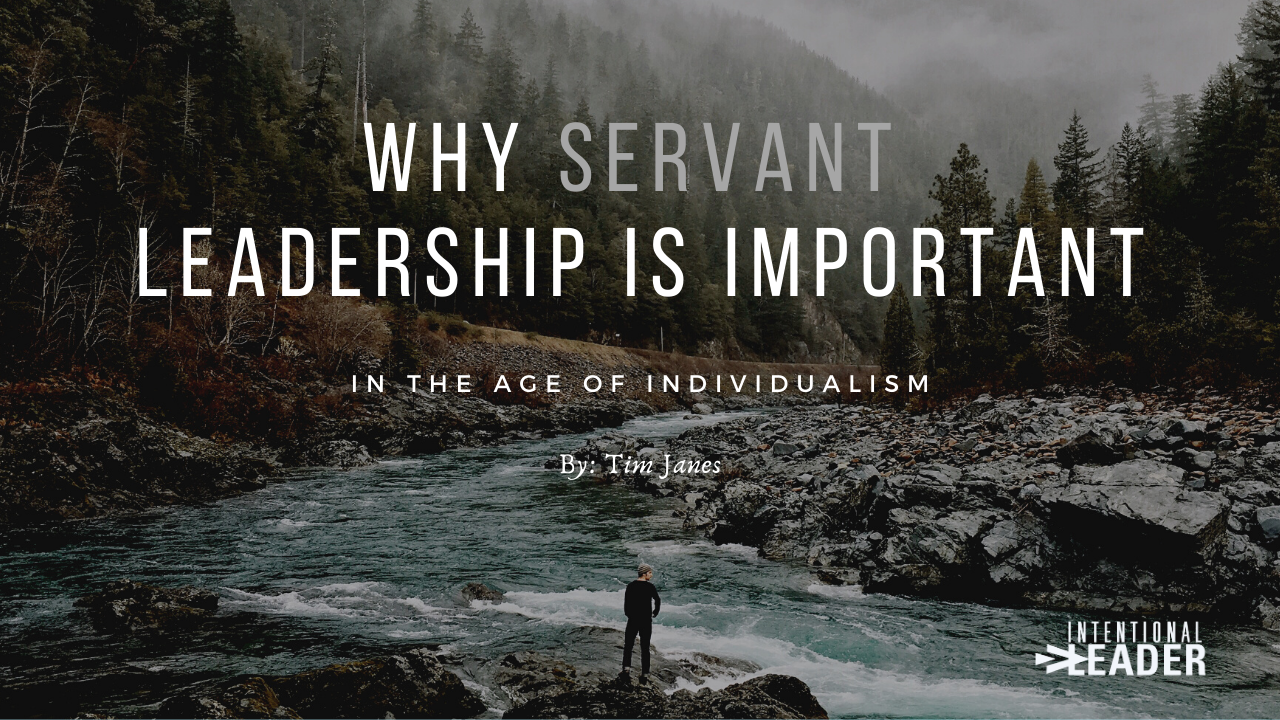From Shame to Redemption: My Story of Regeneration in Community
5 Key Take-Aways from Embracing Community in a Lonely World
By: Ryan Brence
“I have told you these things, so that in me you may have peace. In this world you will have trouble. But take heart! I have overcome the world.”
I was in a pit of shame and despair.
It was August 2020, several months into the worldwide pandemic, and I found myself unemployed for the first time.
After suddenly being let go by my previous employer, a short stint of hope for a more rewarding future was quickly overshadowed by the reality that I had no clear idea of what I was going to do.
Four years removed from military service, and I felt like my professional career path was on rocky ground. More significantly though, I associated my performance and former supervisor’s decision with my overall personal identity.
Not good enough.
Doesn’t have what it takes.
Cannot produce like [insert other person].
Although this was a big setback for me, it was not the first time that I had battled the sense of shame that was rooted in insecurity, pride, and comparison.
After a few days of processing what happened, my anger and bitterness turned into anxiety and self-pity. I realized that this was a normal cycle for me, and if not dealt with, it would lead me towards a downward spiral that I’d experienced several times before.
I needed help.
But I wasn’t yearning for assistance in crafting the perfect resume or landing the ideal job position. Don’t get me wrong – I wanted those things, but I knew instinctively that my heart and soul needed something more that would bring me back to my true identity and recenter my perspective to move forward.
Like countless others during the outbreak of COVID-19, I felt withdrawn from genuine relationships and true community. So, with the encouragement of my wife and family members, I joined a church recovery program focused on working through my deepest doubts and insecurities about myself with other men.
This program was not for the faint of heart. The 12-step program would take one full calendar year to complete, as I worked through a daily Bible-based curriculum and met weekly with a small group of men that were seeking answers themselves.
The men in my group all had their own hang-ups that were separating them from true joy, peace, and contentment that we all so desperately desire in our lives.
But we weren’t alone…
While each of our struggles were different and relative to our own journeys, all our issues were ultimately woven together pointing to a lack of real trust in what and who we proclaimed to believe – faith in Jesus Christ as our Lord & Savior.
Now before I go any further, I need you to understand that this year-long, 12-step process did not transform me into a “new and improved” man. In fact, it actually revealed to me just how prone I am to selfish desires and sinful tendencies that can spin out of control if not intentionally addressed.
However, it did help me restore my identity and perspective. And a huge factor leading to my recovery was the self-reflection and awareness that I experienced within an authentic community.
Although this was a Christian recovery program grounded by Bible-based principles, I want to share five universal take-aways from my year-long experience that I believe apply to anyone, regardless of background or religious affiliation.
1. It’s okay to reach out for help.
Actually, we should intentionally seek out help on a more frequent basis. One of the main ideas of the “American Dream” is that anyone can make something of themselves if they work hard enough. While this has been proven true by countless hard-working Americans, I’d venture to say that many of the “self-made” success stories are undergirded by some type of support system.
Whether it’s family, friends, church, medical/behavioral specialists, hobby-interest groups, or dare I say coworkers, we must get more comfortable asking for help when needed…especially in times like these when we can easily become more isolated than ever before.
Our future generation is in the midst of a psychological crisis. In 2019, almost 19% of high school students in the United States had seriously considered suicide, while 15% made an attempt plan, and 9% reported actually attempting suicide at least once.
Those are staggering statistics that have only continued to rise with the onset of COVID-19, specifically with teenage girls.
As leaders in our families, businesses, and social groups, we must set the example by making it clear that it is a sign of strength to reach out for help. The only way to fight darkness is to bring it to light, so if you sense that darkness in your own life or someone else close to you, I implore you to take the first step in seeking out assistance. We are not alone. We are stronger together. This leads to my second take-away.
2. We need community and authentic relationships.
After I sought out help and joined the church recovery program, I was put into a group of 12 men, most of whom I had never met before. The first several weeks were embarrassing, and frankly, awkward.
This was a diverse group of men spanning several generations with different issues ranging from various forms of addiction, abuse, and/or anxiety, just to name a few. With each week, our willingness to be open and honest increased, and we were able to get beyond the surface level to the root of our struggles.
It was messy.
It was uncomfortable.
It was refreshing.
It was beautiful.
Ultimately, we are designed for community and helping one another. We all have a fundamental desire to be known, loved, and accepted. So to have people in my corner encouraging me and holding me accountable in a loving, safe way was game-changing.
In Brene Brown’s book Dare to Lead, she writes about how we wear armor to protect our own self-image and emotions. Being an Army veteran, I understand the importance and need for armor in certain situations, but I also know first-hand how much it weighs on you after time. A key piece in shedding this emotional armor is by being vulnerable enough to let others in, which actually gives us the space to breathe and cultivate genuine connections.
As I shared my struggles each week, the powerful presence of others listening to and accepting me, as I was, gave me the freedom to become more vulnerable with where I actually was in my journey. In doing so, my recovery was reinforced by my own self-reflection (often realized as I was pouring out my heart) and my group’s heartfelt prayers and genuine encouragement. I actually felt lighter because I finally began to shed my emotional armor that had been weighing me down for far too long.
In today’s age, we live in a very private society that typically showcases the “best” parts of our lives through social media. If we’re honest with ourselves though, deep down we all want to be known and have more authentic relationships.
With a little hope and vulnerability, this can be accomplished. It is simply a matter of taking the first step to reach out to someone that you trust and work towards truly being heard or hearing them. It may take time, but if it is genuine, I promise that you will not regret your decision to go deeper with someone you care about.
3. We must give ourselves grace.
My first daughter’s name is Grace. I’ve always loved that name, and really the word in general, but I never fully understood what it actually meant.
I’ve always been a hard worker and also very hard on myself. Like other over-achievers, I typically was not the best or brightest in the group, but I always took pride in the effort that I put forth to make the most out of my skills and abilities.
This striving was reinforced throughout my life as honorable and praiseworthy, but in all transparency, I usually felt like my hard work was not enough. And if my best work was not enough, then I also believed that I (as a person) was not enough.
That formula makes sense, right?
Unfortunately, I think far too many of us believe this lie as all our striving and effort can often leave us feeling more empty and of less value if we don’t meet our own or others’ expectations.
For me, it often felt like I was running on a treadmill a million miles an hour but never actually reaching my intended destination. You can hear more of my story on a previous episode of Intentional Leader with Cal here.
During my time in the church recovery program, the hardest step for me in the process was reaffirming and reaccepting the grace that was already given to me through Jesus Christ.
In Christianity, grace is defined as the free and unmerited favor of God, as manifested in the salvation of sinners and the bestowal of blessings. In short, it’s a gift of unconditional love and acceptance given by God in exchange for no work on our end.
Now, that is a formula that just doesn’t make sense in the world we live in today. But I need to affirm this truth to myself…daily. Or, I will work myself to death for all the wrong reasons.
Over the course of a year in the program, I was able to take the necessary time to process what this crazy, yet rejuvenating, word of grace meant in order to move forward in my life as I let out many long and deep breaths of exhausted air.
Whether you are a Christian or not, here’s the deal. You’re going to become fatigued at some point by all of your striving. In the long term, It’s not going to end up giving you the return on investment that you are hoping for if you are not able to accept who you are, as you are, to the God of the universe – unique, exceptional, and enough.
So, the sooner that we are able to surrender our perceived inadequacies and shortcomings, the quicker we can go about enjoying the beautiful blessings in our lives that cannot be taken for granted.
My daughter Grace and me
4. There is SO much to be thankful for.
You are alive. I want you to just sit on that thought right now. There is no one else exactly like you on this planet. If you live in the Western world, then you’re most likely in the top 1% of the 7.7 billion people on this earth in terms of material resources and access to overall abundance.
I don’t mention these things to shame you. I just want to remind us of the unique opportunity that we have to live our lives with intention and gratitude.
Throughout my time in the church recovery program, I realized that I was fixated on the things, traits, and circumstances that I didn’t have instead of focusing on all the incredible blessings that were right in front of me. Here are some areas that I realized I was starting to take for granted, so I started intentionally focusing on the depth of meaning behind each of them to me.
Good Health – I can walk and run and jump and move. My body does not hurt. Praise God!
Beautiful Family – I have an absolutely INCREDIBLE (and stunning!) wife and two GORGEOUS girls that I get to come home to each day.
Free Country – I can write and post this article with no fear of legal reprimand. The same action may not be true if I lived in some other countries.
Roof over my head and Food in my belly – As much as I enjoyed my time in the Army, man…am I thankful for air conditioning, heat, and plumbing. Also, my belly is blessed beyond measure by my wife’s cooking!
People that care about me – I know I can reach out and call specific family and friends at any time, and if needed, they would be there for me at a moment’s notice. What a blessing.
You may or may not have all those specific things in your life, but I know that if you really reflected on what you do have, the list would grow exponentially as time passed. With Thanksgiving approaching, let’s be intentional about maintaining an attitude of gratitude every single day, instead of every so often, or even on just one holiday out of the year.
Another practice that one of the leaders of the church recovery program encouraged our group to do was count our wins…daily. I’m talking about anything that stood out to us as a victory…however big or small or silly as it may seem.
For me, this included things like a solid workout, speaking up in a meeting about something I was passionate about, having a great conversation with a coworker, or my daughter telling me that she loved me. I used an app on my phone to track these wins daily and would review them at the end of the day to remind myself of the progress I was making in different areas of my life.
As I consistently reflected on these blessings and wins during my recovery program, I began to realize the futility of focusing on my imperfections and unknown comparisons. I have been given a unique life, and I want to climb my own mountain while appreciating and leveraging my distinct privileges and opportunities to make my life really count in the grand scheme of things.
5. Point your perspective and embrace your journey.
I realize that my take-aways are nothing new or groundbreaking from what you’ve most likely heard at some point in your life. These key points all seem simple and self-explanatory on the surface. However, the meaning is found in actually deciding to take action by making small, and often very difficult, incremental steps towards progress in living a more joyful and peaceful life.
After completing the program and transitioning into a new season of my life, I know that many tough days lie ahead. Whether it’s a job loss, death in the family, or even another pandemic, we all know that in this world we will have trouble.
But if we are able to point our perspective and mindset on life-giving thoughts, with the help and assistance of others, we will be able to embrace the beautiful (and messy) journey of life as we take one small step at a time.
As I mentioned in the beginning, this year-long church recovery program did not “fix” me. However, as I surrendered my situation to God, along with the other men beside me week after week, my heart and soul slowly became regenerated. Pain and brokenness, while very real and heartbreaking in the moment, can be redeemed and even help lift us to new heights if we allow them to.
Looking back on my job loss, I’m truly grateful that it was part of God’s plan and an indicator for me to seek help, so that I could uncover deeper layers that needed to be addressed in my inner being within the context of authentic community.
Throughout the process, I was able to accept that God’s grace is sufficient for me, for His power is made perfect in all my weaknesses. So, I will go ahead and boast all the more gladly about my weaknesses. For when I am weak, then I am strong (2 Corinthians 12:9-10).
I will close with my introduction that I would recite each Monday night in my church recovery group:
“My name is Ryan, and I have a new life in Christ. I struggle with insecurity, pride, and comparison.”
And to God be ALL the glory.
4 Questions to Help Kick-Start Recovery
Do you or someone else need to take the first step in seeking out help? If so, consider your resources and make the call, send the text, or write the email to get started.
Who is somebody in your life that you’re interested in getting to know on a deeper level? Take the initiative and reach out to them and set up coffee or lunch.
In what area of your life can you give yourself more grace?
What is a tangible way that you can foster an attitude of gratitude? For example - capturing your daily wins, keeping a gratitude journal, or intentionally sharing your thankfulness towards someone or something
Let’s embrace the journey and make it count!!
Ryan Brence is passionate about intentionally growing in his faith, relationships, and personal & professional knowledge. As a coach's son, Ryan grew up playing sports in Texas which eventually led him to play football at the United States Military Academy at West Point.
In the US Army, Ryan graduated from Airborne and Ranger School and served over eight years as an air defense artillery and civil affairs officer both at home and abroad.
After transitioning into the civilian sector, Ryan has worked in several roles spanning from sales and business development to operations and account management. He currently lives in Dallas, TX with his wife and two daughters and enjoys working out, reading, writing, and watching his favorite sports teams - Go Cowboys and Beat Navy!


































































